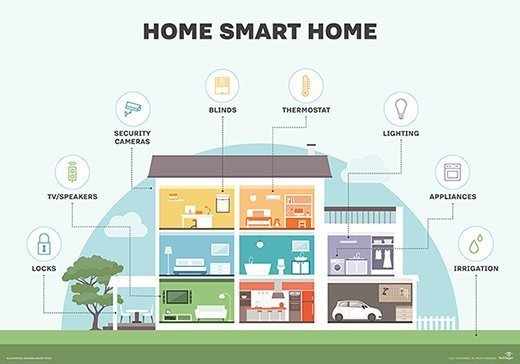
Introduction
Japan, an archipelago nation situated along the Pacific Ring of Fire, faces a constant threat of natural disasters, including earthquakes, tsunamis, typhoons, and volcanic eruptions. This reality has cultivated a deep-seated culture of preparedness among its citizens and has spurred significant advancements in disaster mitigation technologies. In recent years, the integration of Japan Smart Home Market technology has emerged as a powerful tool in enhancing safety, improving response times, and building overall resilience against these inevitable events. This article delves into the crucial role of smart home tech in bolstering disaster preparedness in Japan, exploring the innovative solutions, strategic adaptations, and future potential of this rapidly evolving sector.
Understanding the Unique Challenges of Disaster Preparedness in Japan
Before examining the specific applications of smart home technology, it's essential to understand the unique context of disaster preparedness in Japan. Several factors shape the nation's approach:
Frequency and Intensity of Disasters: The sheer frequency and potential intensity of natural disasters necessitate robust and multi-layered preparedness strategies.
Urban Density: High population density in urban areas amplifies the risks associated with disasters, making efficient communication and coordinated responses critical.
Aging Population: A significant portion of Japan's population is elderly, requiring tailored solutions that address their specific vulnerabilities during emergencies.
Cultural Emphasis on Preparedness: Japanese society places a strong emphasis on individual and collective responsibility in disaster preparedness, creating a receptive environment for relevant technologies.
Advanced Technological Infrastructure: Japan boasts a highly developed technological infrastructure, facilitating the seamless integration and adoption of smart home solutions.
Smart Home Technology: A Multifaceted Approach to Disaster Preparedness
Smart home technology offers a wide array of applications that can significantly enhance disaster preparedness across various stages – before, during, and after an event.
1. Early Warning and Alert Systems:
Smart Earthquake Early Warning (EEW) Integration: Advanced smart home hubs and systems can integrate with Japan's sophisticated Earthquake Early Warning (EEW) network. These systems can receive alerts seconds before the arrival of significant shaking, providing crucial time for residents to take protective actions like securing furniture, moving to safe zones, or shutting off gas lines.
Localized Weather Alerts: Smart weather stations and connected devices can provide real-time, localized weather updates and warnings for impending typhoons, heavy rainfall, or other severe weather events. This allows residents to take proactive measures like securing outdoor belongings, preparing emergency kits, or evacuating if necessary.
Tsunami Warnings and Evacuation Guidance: For coastal communities, integration with tsunami warning systems is paramount. Smart home systems can receive and relay these critical alerts, potentially even providing visual evacuation routes on smart displays or through augmented reality applications.
2. Enhanced Communication and Information Access During Disasters:
Resilient Communication Networks: Smart home hubs with backup power and connectivity options (e.g., cellular or satellite) can maintain communication even when primary infrastructure fails. This allows residents to stay informed about the situation, contact family members, and potentially communicate with emergency services.
Smart Speakers as Information Hubs: Voice-activated smart speakers can provide hands-free access to critical information during emergencies, such as evacuation orders, shelter locations, and safety guidelines, even if visual access is limited due to power outages or damage.
Emergency Broadcast Integration: Smart TVs and other connected displays can automatically switch to emergency broadcast channels, ensuring residents receive vital updates and instructions from official sources.
3. Automated Safety Measures:
Smart Gas Shut-Off Valves: Earthquake-triggered smart gas shut-off valves can automatically cut off the gas supply upon detecting significant seismic activity, preventing potential gas leaks and fires, a major secondary hazard during earthquakes.
Smart Lighting Systems: During power outages, smart lighting systems with battery backups can provide emergency illumination. Motion-activated lights can also enhance safety during evacuation by illuminating pathways.
Smart Locks and Security Systems: Connected security systems with remote monitoring capabilities can allow homeowners to check on their property remotely after an evacuation and receive alerts for any unauthorized access. Smart locks can also be remotely controlled to allow access for emergency responders if needed.
4. Remote Monitoring and Elderly Care:
Smart Sensors for Well-being Checks: For elderly individuals living alone, smart sensors can monitor activity patterns, detect falls, and trigger alerts to caregivers or emergency services if unusual activity or a lack of movement is detected.
Remote Health Monitoring Devices: Integrated smart health devices can track vital signs and provide early warnings of health issues that might be exacerbated during or after a disaster, allowing for timely intervention.
Two-Way Communication for Reassurance: Smart displays and speakers with two-way communication features can allow family members to check in on vulnerable individuals remotely and provide reassurance during stressful times.
5. Post-Disaster Assessment and Recovery:
Smart Home Damage Assessment: Connected cameras and sensors can potentially provide initial assessments of property damage after a disaster, aiding in insurance claims and resource allocation.
Smart Energy Management for Efficiency: Post-disaster, smart thermostats and energy monitoring systems can help optimize energy usage when resources are strained, contributing to efficient recovery efforts.
Community-Based Smart Networks: In the future, interconnected smart home networks within communities could facilitate information sharing and mutual aid during the recovery phase.
Emerging Innovations and Developments in the Japan Smart Home Market for Disaster Preparedness:
The Japan smart home market is witnessing exciting innovations specifically tailored for disaster preparedness:
AI-Powered Predictive Analytics: AI algorithms are being developed to analyze historical disaster data, weather patterns, and sensor information to provide more accurate and timely predictions of potential hazards, allowing for earlier preparedness measures.
Self-Sufficient Smart Homes: Research is underway on developing smart homes with integrated renewable energy sources (solar, wind), battery storage, and independent water purification systems to enhance self-sufficiency during prolonged outages.
Drone Integration for Damage Assessment and Delivery: Smart home systems could potentially integrate with drones for automated post-disaster damage assessment and even the delivery of essential supplies to isolated households.
Block chain for Secure and Resilient Data Management: Blockchain technology could be used to create secure and tamper-proof records of property conditions and resource allocation during and after disasters, enhancing transparency and efficiency.
Gamification for Disaster Preparedness Education: Smart home interfaces could incorporate gamified educational modules to raise awareness and train residents on essential disaster preparedness procedures.
Integration with Public Safety Infrastructure: Seamless integration between smart home systems and public safety infrastructure (e.g., fire departments, police, emergency medical services) is crucial for efficient response coordination. Standardized protocols and data sharing mechanisms are being explored.
Voice Biometrics for Emergency Access: In situations where physical keys are lost or inaccessible, voice biometrics could provide secure access for authorized personnel or family members.
Smart Sheltering Solutions: Development of rapidly deployable smart shelters equipped with communication, power, and environmental control systems is an area of growing interest.
Challenges and Considerations for Widespread Adoption:
Despite the immense potential, several challenges need to be addressed for the widespread adoption of smart home technology for disaster preparedness in Japan:
Cost: The initial investment in smart home devices and systems can be a barrier for some households. Government subsidies or incentives could help promote adoption.
Interoperability and Standardization: Lack of universal standards can lead to compatibility issues between different devices and platforms. Industry-wide collaboration is needed to ensure seamless integration.
Cyber security and Data Privacy: Ensuring the security of connected devices and protecting user data, especially during emergencies, is paramount. Robust cybersecurity measures and transparent data handling policies are essential.
Reliability and Power Dependency: Smart home systems rely on power and internet connectivity, which can be disrupted during disasters. Battery backups and resilient communication options are crucial.
User Education and Accessibility: Ensuring that smart home technologies are user-friendly and accessible to all demographics, including the elderly and those less familiar with technology, is vital. Clear instructions and intuitive interfaces are necessary.
Maintenance and Updates: Regular maintenance and software updates are required to ensure the continued functionality and security of smart home systems.
The Future of Smart Homes in Japan's Disaster Resilience:
The future of smart homes in Japan's disaster resilience looks promising. As technology continues to advance and costs decrease, the integration of smart home solutions into everyday life will likely become more pervasive. The focus will likely shift towards creating more intelligent, interconnected, and autonomous systems that can proactively respond to potential threats and provide comprehensive support during and after disasters. Collaboration between technology companies, government agencies, and research institutions will be crucial in driving innovation and ensuring that these technologies are effectively deployed to protect lives and property.
Conclusion
In a nation constantly facing the challenges of natural disasters, smart home technology offers a powerful layer of defense and resilience for the people of Japan. From early warnings and enhanced communication to automated safety measures and remote care capabilities, these innovative solutions are transforming how individuals and communities prepare for, respond to, and recover from catastrophic events. While challenges remain in terms of cost, interoperability, and accessibility, the ongoing advancements and the unwavering commitment to safety in Japanese society suggest a future where smart homes play an increasingly vital role in building a safer and more resilient nation, one connected home at a time. The integration of these technologies is not just about convenience; it's about safeguarding lives and fostering a stronger, more prepared Japan in the face of inevitable natural forces.


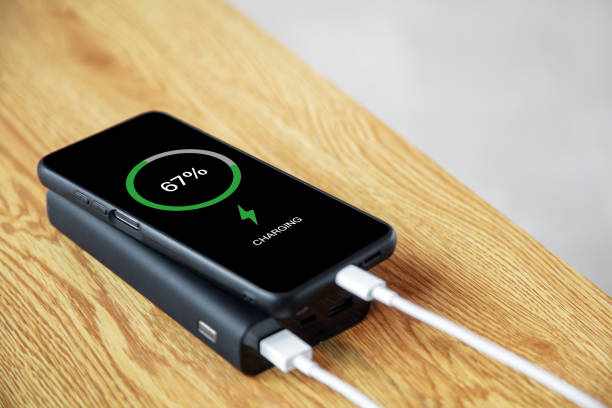
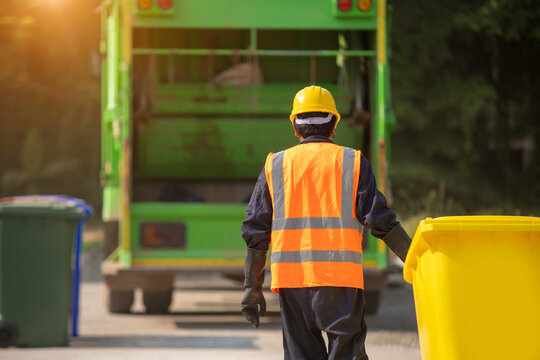
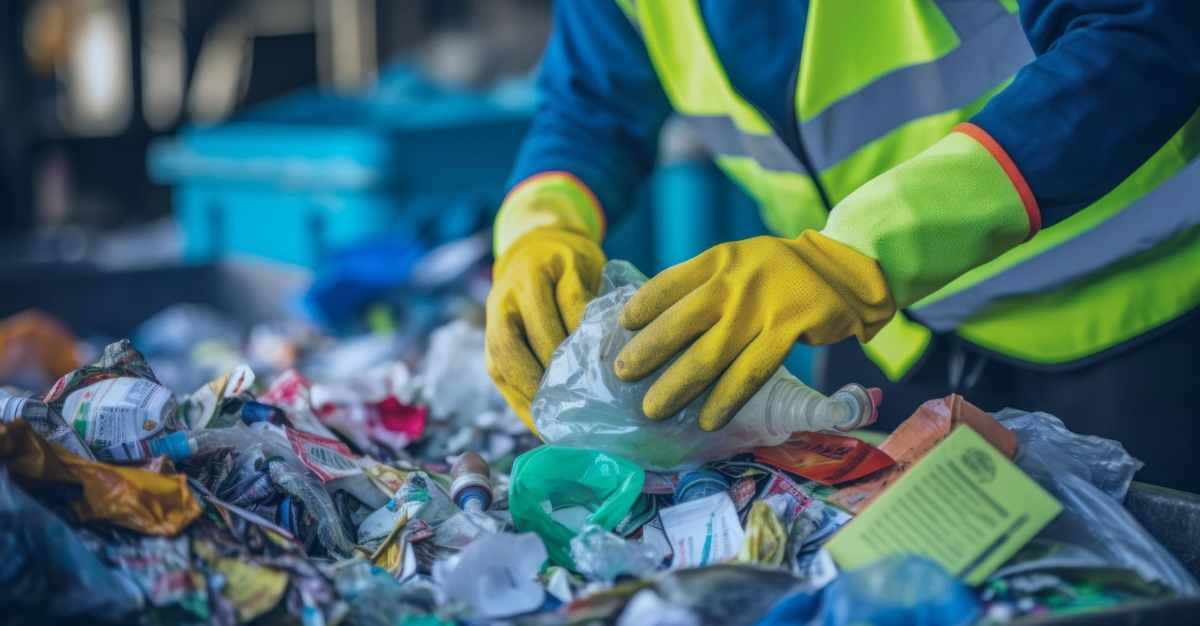

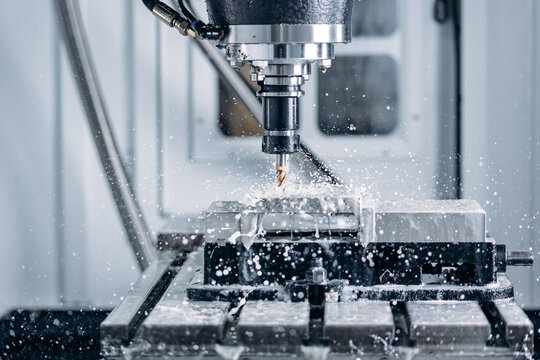

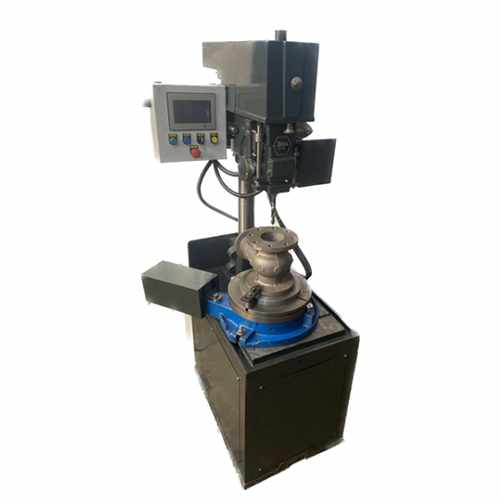

Write a comment ...